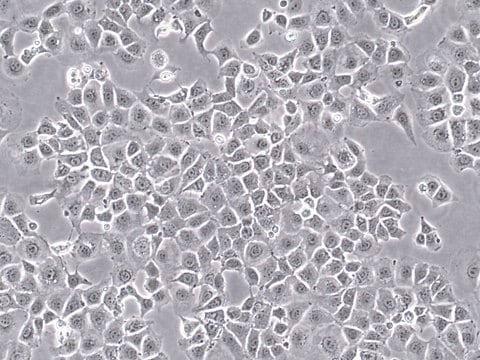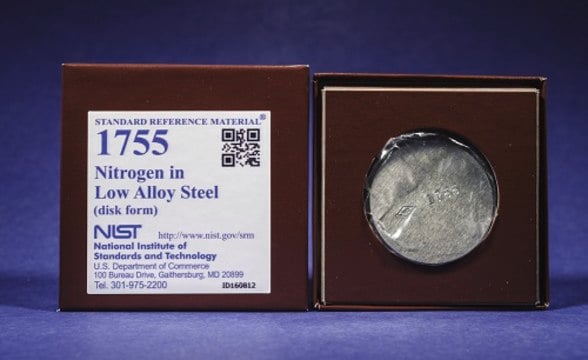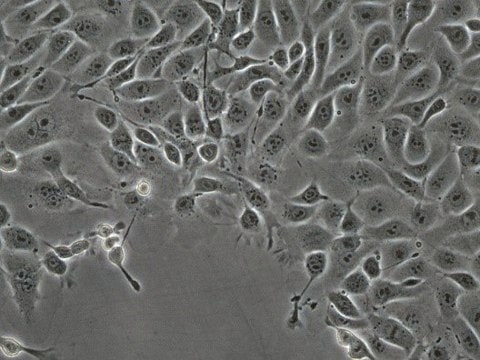SCC416
Py2T Mouse Mammary Tumor Cell Line
Mouse
Synonyme(s) :
Py2T cell line;Mouse mammary tumor cell line;Py2T Murine breast cancer cells
About This Item
Produits recommandés
product name
Py2T Mouse Mammary Tumor Cell Line,
Source biologique
mouse
Niveau de qualité
Conditionnement
vial of ≥1X10⁶ cells
Fabricant/nom de marque
Millipore
Mode de croissance
N/A
Technique(s)
cell based assay: suitable
cell culture | mammalian: suitable
Conditions d'expédition
liquid nitrogen
Température de stockage
−196°C
Description générale
Application
- Each vial contains > 1X106 viable cells.
- Cells are tested negative for infectious diseases by a Mouse Essential CLEAR Panel by Charles River Animal Diagnostic Services.
- Cells are verified to be of mouse origin and negative for interspecies contamination from human, rat, Chinese hamster, Golden Syrian hamster, and nonhuman primate (NHP) as assessed by a Contamination Clear panel by Charles River Animal Diagnostic Services
- Cells are negative for mycoplasma contamination.
These cells have a uniform cobblestone-like morphology, typical of differentiated epithelial cells, and express estrogen receptor (ER), and both basal (CK14) and luminal (CK8/18) markers. When these cells are implanted orthotopically in syngeneic FVB/N mice, they form non-metastatic invasive tumors with low or absent E-cadherin.
Epithelial-mesenchymal transition (EMT) is a process involved in the initiation of the invasion-metastasis cascade of cancer cells. 90% of breast cancer-related deaths are ascribed to systemic dissemination of cancer cells leading to their metastatic outgrowth in distant organs.
Source
The Py2T cell line was derived from a mammary tumor of a MMTV-PyMT transgenic mouse.
References
1.PLoS One 2012; 7(11):e48651. PMID: 23144919.
2.Oncogene 2015; 34(32):4190-4198. PMID: 25362852.
3.Sci Rep 2018; 8(1):12123. PMID: 30108334.
4.Ayse NK. University of Basel 2017; Dissertation. https://edoc.unibas.ch/59030/1/Ph.D.%20Dissertation.pdf
Caractéristiques et avantages
Stockage et stabilité
Autres remarques
Clause de non-responsabilité
Code de la classe de stockage
10 - Combustible liquids
Classe de danger pour l'eau (WGK)
WGK 3
Point d'éclair (°F)
Not applicable
Point d'éclair (°C)
Not applicable
Certificats d'analyse (COA)
Recherchez un Certificats d'analyse (COA) en saisissant le numéro de lot du produit. Les numéros de lot figurent sur l'étiquette du produit après les mots "Lot" ou "Batch".
Déjà en possession de ce produit ?
Retrouvez la documentation relative aux produits que vous avez récemment achetés dans la Bibliothèque de documents.
Notre équipe de scientifiques dispose d'une expérience dans tous les secteurs de la recherche, notamment en sciences de la vie, science des matériaux, synthèse chimique, chromatographie, analyse et dans de nombreux autres domaines..
Contacter notre Service technique








